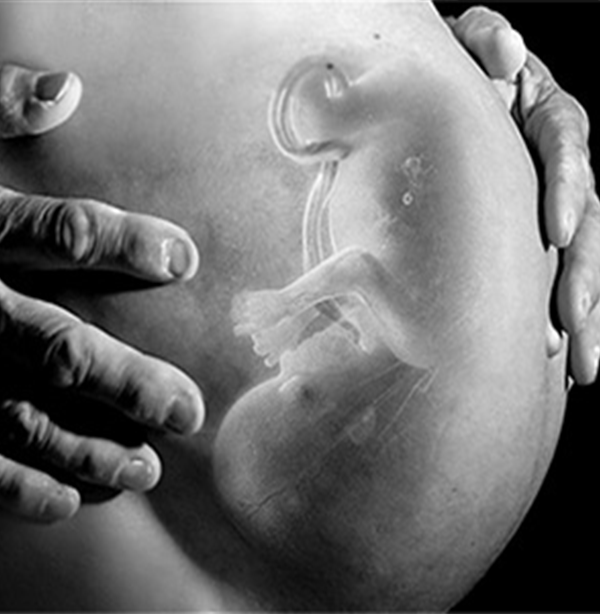The intensive study of Cranial Osteopathy began in 1939 as a result of studies by William Garner Sutherland, an osteopath. Dr Sutherland had developed his theories based upon critical observations over the previous 40 years, first publishing information in newsletters in 1929.
Dr Sutherland’s observations have since been borne out by scientific study. There exists an understanding that there is a small but important inherent motion between the bones of the skull and their sutures.
Dr. Sutherland determined that there is palpable movement within the body that occurs in conjunction with this inherent motion. This movement is part of a rhythmic movement of the fluids of the body that is vitally important in the expression of health, including the maximum function of the body’s own healing system.
Trauma to the head or body can alter or hinder this inherent motion of the body, often having dramatic and sometimes drastic effects on the person’s health and function. The most obvious of these traumas is birth trauma, where the baby’s skull is impacted by repeated pushing against the birth canal or by vacuum extraction in a difficult labour.
Even an almost imperceptible alteration of the skull’s natural configuration and movement can lead to such disorders as colic, the inability of the baby to swallow or suck, frequent spilling, chronic ear infections and/or delayed development.
Trauma can also lead to low back problems, headaches, breathing and digestive disorders, joint pains, menstrual disorders and repetitive stress injuries such as tendonitis.
What Happens in Treatment?
Cranial osteopathic treatment involves hands-on manipulation to gently free areas of the body which have restricted motion. Treatment often involves cradling the head or base of spine, using gentle pressures to free movement of restricted regions or other tissues.
This type of treatment can be used to treat any area of the body.
It should be pointed out this form of manipulative therapy is not solely about treatment of the head….
What does Cranial treatment feel like?
Treatment is unobtrusive, very subtle, extremely gentle and amazingly effective. At times patients may be quite unaware that any changes are taking place at all.
Overall, most patients feel that something has happened, and that a change has occurred within their body ‘space’.
In addition, patients often experience an ongoing, improved sense of well-being and health.
